As our original review of the first-generation Kindle pointed out, Amazon's entry into the e-reader market wasn't entirely trailblazing. Sony's Reader and a variety of competing devices had already failed to make much of an impact on the market, despite a decade of trying. A marketing partnership between Sony and Borders to promote the Reader in the year prior to Kindle's debut made little headway.
With the Kindle however, Amazon applied its global mail order experience and leveraged its enormous catalog of titles (and subsequent pull among publishers) to put additional momentum behind the push to drive print publications into ebook territory. However, the first generation Kindle also demonstrated the company's lack of experience in building hardware.
The original Kindle was ugly and looked flimsy and cheap, ensuring that only the most avid of ebook users would pay for the privilege of test driving Amazon's e-reader experiment. The company only shipped about a half million Kindle devices last year. That's perhaps a significant achievement among e-readers but hardly the launch of a new mainstream way to access information.
This year, Kindle 2 (which we unboxed earlier) revamps its overall package considerably and drops its price slightly from $399 to $359, but retains E Ink, the core technology that is both the differentiating value of dedicated e-readers and their Achilles' Heel. E Ink uses much less power than a backlit LCD screen and is considerably cheaper to manufacture, but it also has a very slow refresh rate that makes it feel frustratingly plodding to an audience familiar with the rapid pace of the web.
For the leisured act of reading novels or long articles, Kindle 2's slight improvements in its screen refresh rate and its new ability to display 16 shades of grey make it about as ideally comfortable as any electronic replacement of the paper book could hope to be. Users can't expect the Kindle 2 to perform well outside of its core competency of book reading though.
Where the Kindle crumbles
In addition to reading books, Amazon presents the Kindle as a way to read newspapers and blogs, and even gives the device "experimental" software for browsing the web. However, as it moves from its sweet spot as a paperback novel proxy to become a general purpose browser of hyperlinked information, the wireless Kindle's premise begins to rapidly fall apart.
Kindle 2's browser isn't experimental because the software isn't finished; it's just that the Kindle 2 makes a really poor web browser because E Ink screens simply can't rapidly scale, display color or animation, input text rapidly in a non-frustrating way, rapidly jump between pages, or scroll across a page to enable a rapid inhaling of information.
Given that most people's experience (and particularly those in the Kindle 2's target demographic) with reading newspapers and blogs has already largely shifted to skimming articles within a web browser in full color, with video clips and user comments and social networking features, the E Ink-equipped Kindle can't pretend to keep up in that area.
The killer app that doesn't work so great
For books that serve as reference material rather than sequential reading, the same problems apply. It might seem that the extremely light weight and nearly pocketable Kindle 2 would make the perfect replacement for a heavy backpack full of textbooks, but the problem is that the swift shifts between sections in a textbook is simply a huge pain on an E Ink based e-reader device.
One can search for words and set up virtual bookmarks, but the relatively small screen of the Kindle 2, which is closer to that of a paperback novel than a full textbook, combined with the loss of the tactile page flipping we all use to dive into a large volume to find what we're looking for, and compounded by the limitations on presenting large color graphics and illustrations, simply add up to a second-class alternative to the paper textbook, even when considering the expense and weight that comes along with hundreds of pages of dead trees.
The fact that many textbooks aren't available in e-book formats is also a problem. Given the random-access needs inherent in textbooks, it seems like PDF editions suitable for reading with a notebook computer would make more sense than the form factor and technology used by Amazon's Kindle and similar e-readers.
On page 2 of 3: Kindle's sweet spot; Read it to me; and Cheaper, simpler, classier.
That restricts the Kindle 2 largely to reading novels and longer newspaper and magazine articles. The more navigation involved, the less attractive the Kindle 2 becomes. For exploring a simple page turner, the Kindle works pretty well. Its display readability is enhanced over the already suitable original version; it lasts nearly forever on a charge; and it can download fresh content pretty rapidly from nearly anywhere without needing a PC to sync content to it.
While the population of serious readers with long attention spans appears to be receding, that market is closely tied to Amazon, the world's leader in hooking up readers to publishers. That makes the company's Kindle 2 the best positioned e-reader available. Digitally sending reading material to Kindle 2 users over its 3G mobile "Whispernet" service is also clearly more cost effective (not to mention environmentally sound) than printing books and mailing them around the country, particularly as fuel prices complicate shipping expenses.
However, that perfect target market for the Kindle 2 is also largely already attached to the visceral experience of curling up with a physical book. This promises to prevent the Kindle 2 from becoming the "iPod of books" that Amazon hopes it will become.
When Apple pounced upon the emerging MP3 player market earlier this decade, it didn't set out to fill the needs of audiophiles who sit in specially built rooms designed to ideally reproduce sound. Instead, Apple targeted a new class of music consumers: mobile, active people who casually listen to music in the background. Since then, the iPod has moved into audiobooks, pioneered podcasting, and adding gaming features. The latest iPod touch browses the web and handles push messaging and runs a variety of mobile software.
Kindle 2 does just the opposite however: it aims to replace how people have read books in the past, rather than guiding them to experience information in a new way. Its E Ink technology and form factor are all designed around replicating the ink on paper experience of a paperback, just as if Apple had attempted to introduce its iPod as a laser read, vinyl record player hooked up to a vacuum tube amp via gold plated connectors. That product would have only appealed to a limited niche, and likely would have offended a large chunk of that group. The Kindle 2 similarly only appeals to limited niche of hardcore readers, and can't hope to please those who prefer paper.
Read it to me
The closest Kindle 2 comes to breaking away from its attempt to copy the traditional past in electronic form is its support for audiobooks and for text to speech technology. Unfortunately, its size and shape makes it fairly ridiculous to use as primarily an audiobook player, a task already adequately handled by the pocket-sized iPod.
The Kindle 2's text to speech function, new to this revision, is more interesting. It allows readers to give their eyes a rest and be passively read to by the configurable speech synthesis technology. As the voice reads, the display is updated to stay on the same page, making it easy to follow along.
Nobody would confuse Kindle 2's synthetic voice with a human reader, but the new feature is quite usable and easy to understand. The Writer's Guild has complained about Amazon adding the feature, saying that ebooks aren't licensed to Amazon for performance. That has caused Amazon to promise to allow individual works to opt out of support for the speech reading feature, something only the most absurd of authors could possibly demand given the irritation it would invoke among users.
Cheaper, simpler, classier
Faced with the very real limitations on selling an E Ink e-reader, Amazon did its best to make its revised Kindle as attractive as possible to win over its frequent readers. Following cues from Apple, the Kindle 2 drops its user replaceable battery and its memory card reader to streamline the device and lower manufacturing costs.
It now ships with 2GB of installed memory, suitable for holding thousands of books. It also drops the original model's separate wireless switch entirely and combines its DC power plug and USB port to end up with a USB-powered device with a single sync and power cable similar to the iPhone.
Also like the iPhone, it moves the headphone jack to the top edge and centers its power/sync mini-USB connector at the bottom. The volume rocker switch is also moved from the clumsy original location on the bottom edge to the more accessible top right side. Its internal speakers are significantly improved, and navigation is greatly enhanced using a standard menu button together with a five way joystick controller, rather than the former model's oddball thumb dial and silvery LCD track.
The Kindle 2's page forward and back buttons are also placed more sensibly as discrete buttons rather than the 'active edges' of the original model that were just too easy to accidently bump when holding it. The keyboard is also enhanced, and while it remains less than ideal for entering more than a few words, at least it doesn't feel like a cheap plasticky mess or sharp-edged, oddly angled keys like the first model.
On page 3 of 3: The ebook catalog; Kindle 2.5: the same content on your phone; and The wrap.
Over the past year, Amazon has done more to improve the state of e-readers than simply improving its hardware. There have been significant advancements on the content side, too. A year ago, Amazon boasted 94,000 titles; today it offers 240,000 books for the Kindle.
The original eight newspapers offered last year have expanded to 31, 24 of which are from the US. The eight magazines available a year ago have expanded to 24, including "The New Yorker." The 310 different blogs offered last year have swelled to 1315. Of course, most blogs don't translate well to the Kindle's screen. And who wants to pay a couple dollars a month to access blog entries that are freely available on the web?
There are also libraries of free public domain books that can be read on Kindle, including those offered by Mobipocket, which Amazon also owns. Mobipocket's selection of paid e-books do not work on the Kindle however (nor do Amazon's Kindle titles work on platforms supported by Mobipocket's incompatible e-book format). The serviceable integrated Amazon Store isn't difficult to navigate, although it is hampered somewhat by the slow E Ink screen. The included wireless service, which works nearly anywhere Sprint's 3G EVDO service is available, makes obtaining content easy, although it takes a second or two to load pages in the store.
Kindle 2.5: the same content on your phone
In introducing the new Kindle 2, Amazon also announced plans to open its Kindle content for consumption through the devices users already have: mobile phones. The company hasn't revealed all the details yet, but just today introduced a new application will let iPhone and iPod touch owners access the same array of Kindle ebook content on their Apple device.
It will be interesting to see how consumers react: will they embrace e-books that come in a form they can consume without resorting to buy another $360 device to carry around, will they use the Kindle together with their smartphone to create a sync-able ecosystem of e-book readers to fit their needs of the moment, will they prefer the more book-like Kindle, or will they simply continue to ignore digital books and stick with paper?
The jury is still out, but that question is likely to be answered rather decisively within the next year.
The wrap
Kindle 2 strengthens Amazon's efforts to resuscitate ebooks and significantly improves upon its earlier hardware. While it's no iPod of books (perhaps its the "Apple TV of books" that Amazon CEO Jeff Bezos should start referring to as his "hobby"), it might tempt an increasing share of avid readers to invest in a convenient and fast way to obtain and read material without the weight and wait of paper volumes.
If Amazon can triple its sales this year, it will at least achieve parity with Apple TV, establishing Amazon with a decent foothold in the e-reader market, which seems to be about as difficult to crack into as the digital video TV set top box.
Even with modest success, Amazon should begin to realize significant savings from digital delivery as it also helps green up its operations by doing away with unnecessary physical packaging and delivery in the publishing business in the same manner iTunes has for music and video. That's good news for the planet even if Kindle 2 doesn't ever achieve blockbuster sales.
Rating: 3 of 5
Pros
- Dramatically improved form and finish
- Better screen refresh and enhanced display
- Navigation improved
- Long battery life
- Decent, expanding selection of content
Cons
- Very slow E Ink display makes browsing clumsy and slow
- Size is not really pocketable
- Web, blogs, and reference material ill suited to e-reader technology
- Lower price is still fairly high, particularly compared to a netbook
Where to buy
 Prince McLean
Prince McLean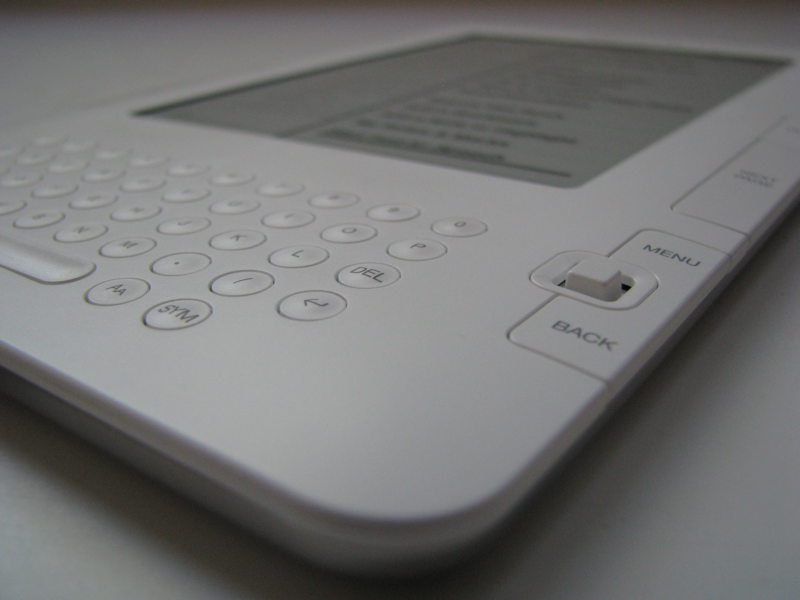
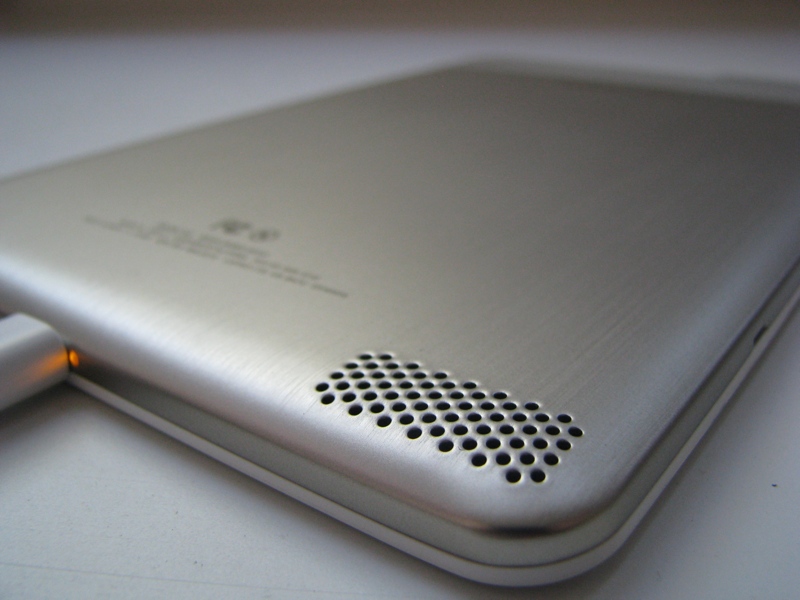
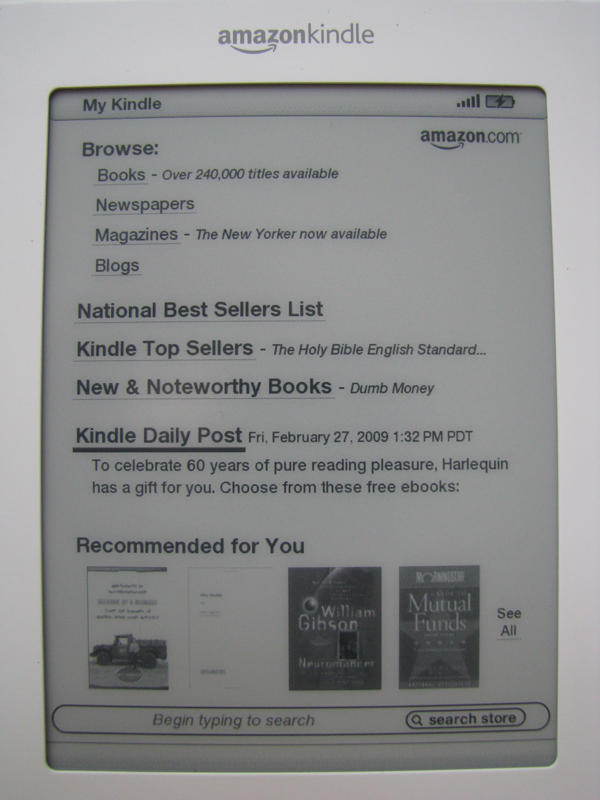
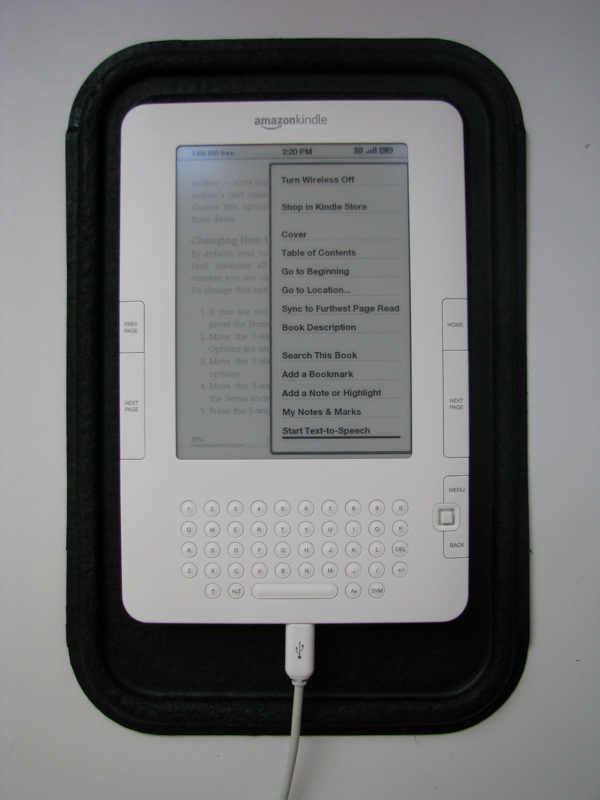
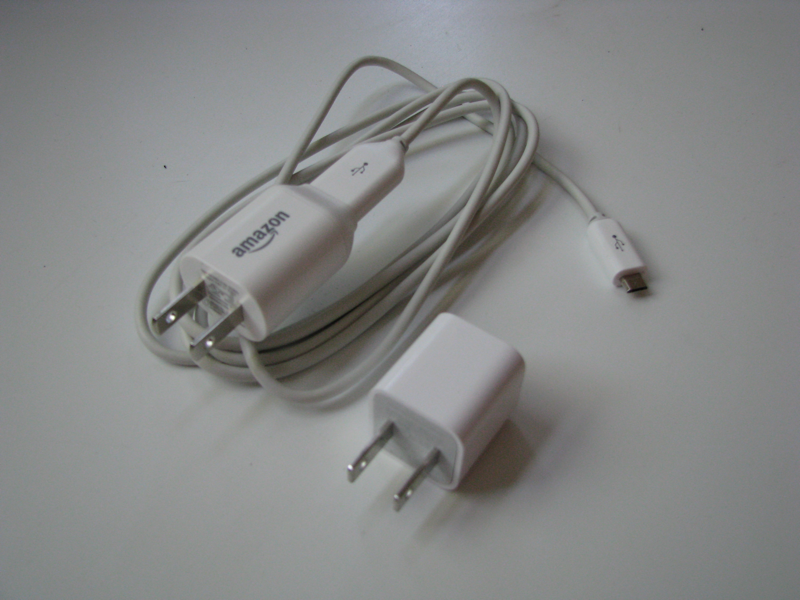
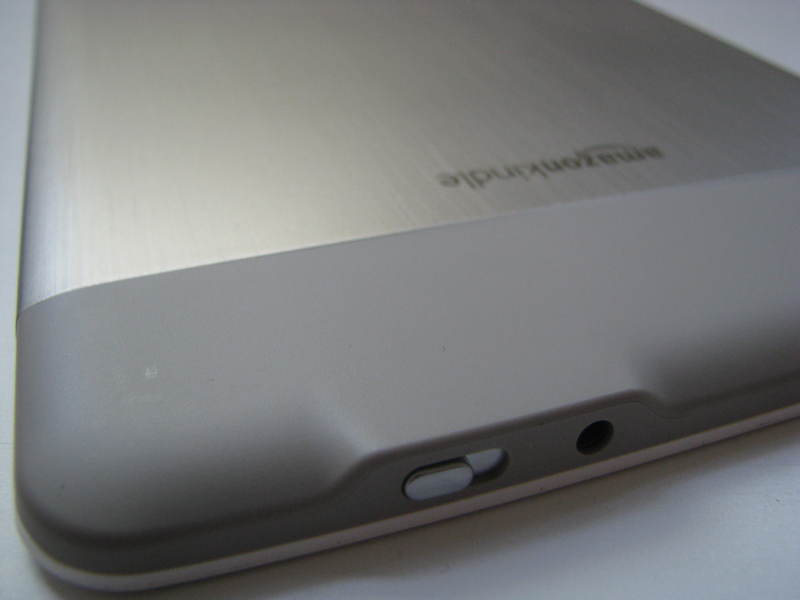
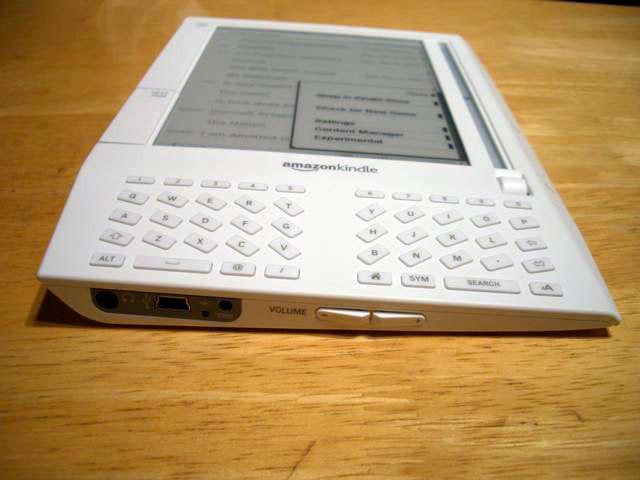
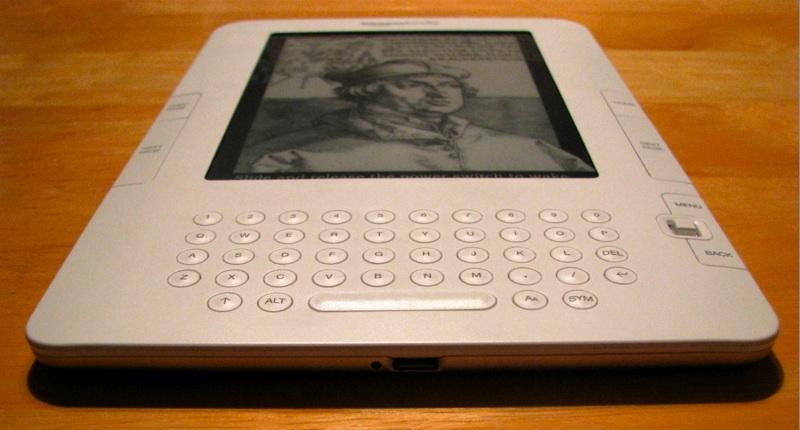

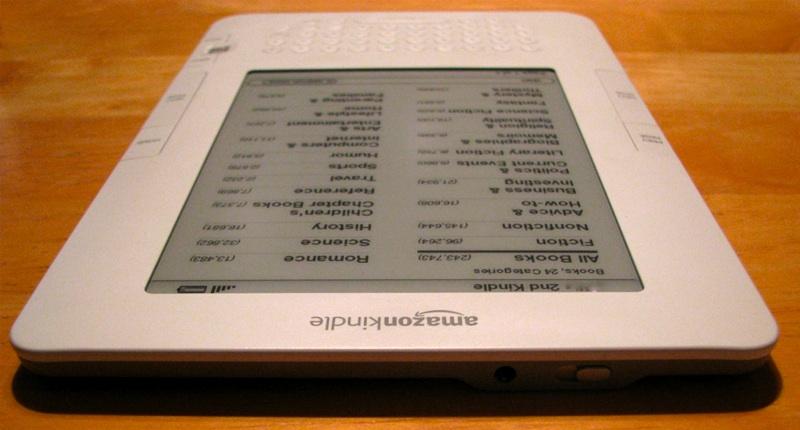
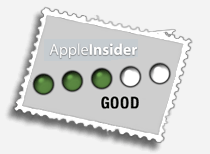
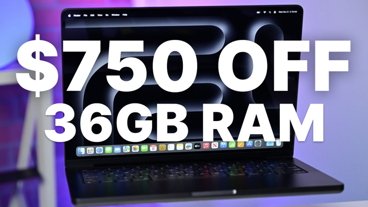

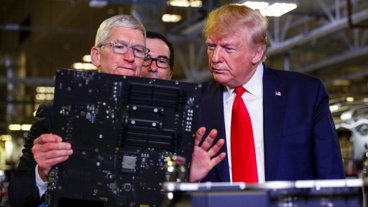

-m.jpg)


-m.jpg)


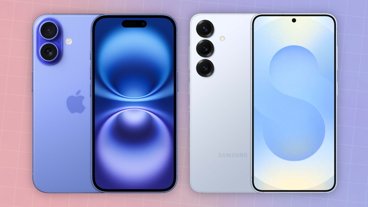
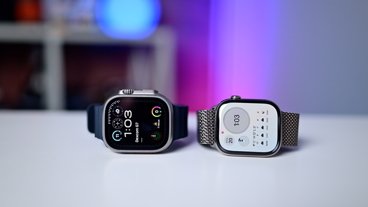

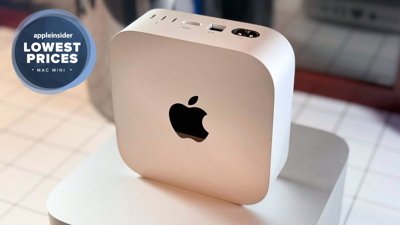
 Christine McKee
Christine McKee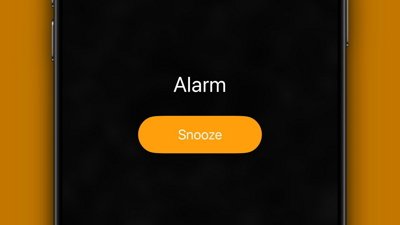
 Marko Zivkovic
Marko Zivkovic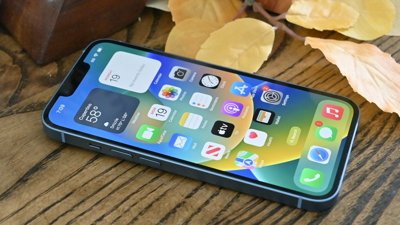
 Wesley Hilliard
Wesley Hilliard
 Malcolm Owen
Malcolm Owen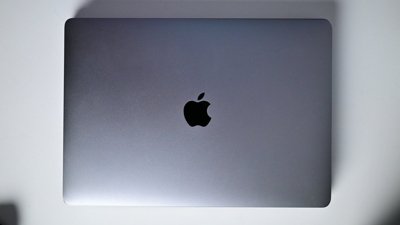
 Andrew Orr
Andrew Orr
 Amber Neely
Amber Neely

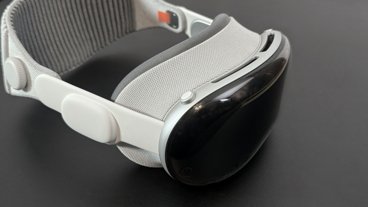
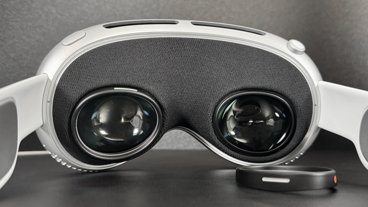
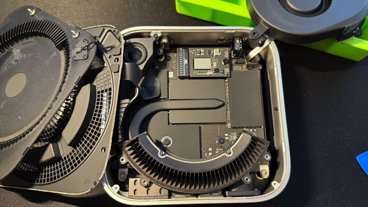
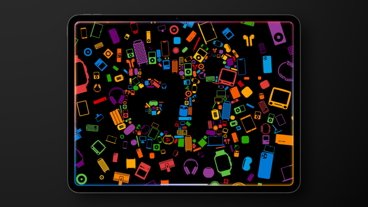
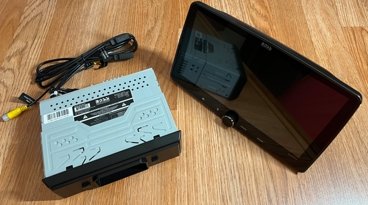



47 Comments
Darn, I must have typed www.kindleinsider.com into my address bar.
The device is sooo slick it will fall off tables, couches, beds frequently, and thats exactly what happened to me. Fell off a couch (not even 2 ft. in heigh) onto a hard wood floor and that somehow destroyed a corner of the e-ink which stopped displaying anything even though there is no visible damage!
Before the Kindle shills attack me for not being more careful, negligent etc. may I add that my Iphone has fallen to the ground many times yet continues to work fine.
Another major gripe is this: I subscribe to the WSJ. I go to a section, such as technology, and expect to see a list of stories.... right?.... WRONG! The Kindle just takes you to the first story and there is NO WAY to pick an choose which one you want to read. You have to go from one to the next. This is so brain dead that i decided not to keep this beautiful but fragile and counter intuitive product.
Apple TV of books? It that saying the Kindle won't be a success?
Apple TV of books? It that saying the Kindle won't be a success?
I think Prince is suggesting it will take a little more from Amazon for the product to break out. And the sluggishness of the eInk display impedes the Kindle's ability to serve as a feasible web reader, etc. So right now he believes it will garner most attention from die-hard readers in the same way the Apple TV caters to videophiles but not the broader market.
An App is now on the iTunes store for the Kindle library of books. Article here along with download link: http://apple20.blogs.fortune.cnn.com...ce=yahoo_quote